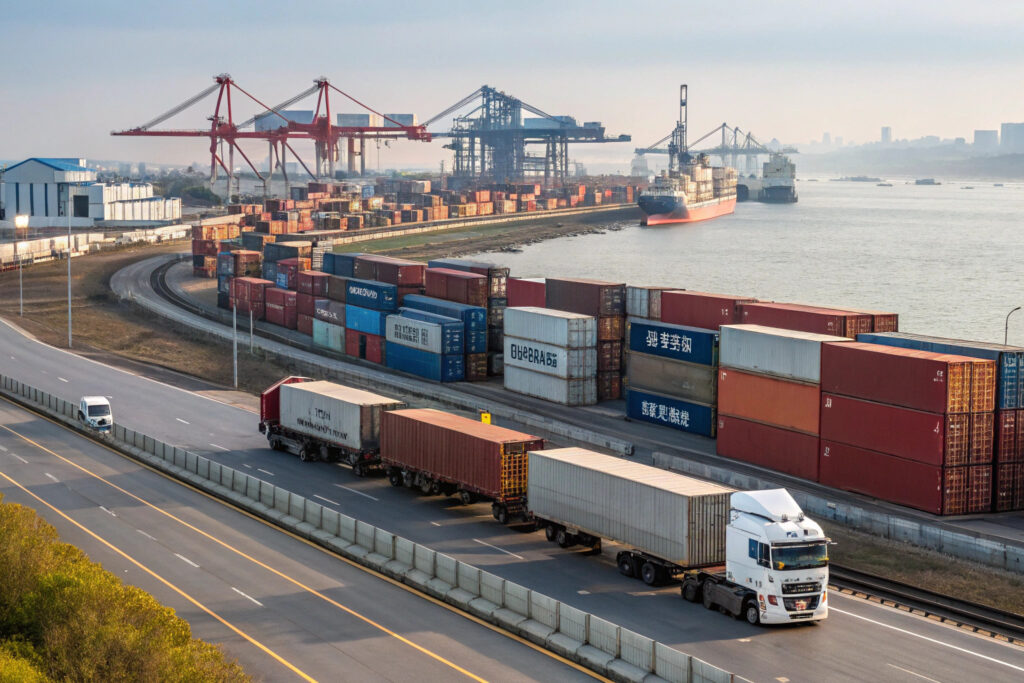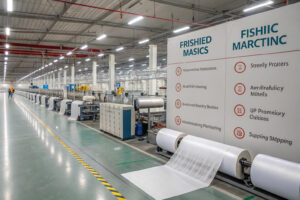Many Russian importers look for suppliers in China but often face problems with shipping. Delays, high tariffs, and unexpected costs are common. These issues make it hard for businesses to get products on time and keep stock ready for customers.
The best logistics routes for fabric masks from China to Russia depend on speed, price, and reliability. Main options are road transport across borders, rail freight through the Trans-Siberian line, sea shipping to Russian ports, and new routes like the Middle Corridor.
I have worked in exports for more than ten years. I have seen how logistics choices affect customer satisfaction. The right route saves money and ensures deliveries arrive without delay. Let me explain the main options and show which ones work best.
How Fast Is Road Freight from China to Russia?
Road freight has become very popular for buyers who want goods quickly. Many importers used sea shipping in the past, but now deadlines are tighter. Road transport is faster and often more reliable.
Road freight from China to Russia usually takes 10 to 15 days. The fastest routes include Manzhouli–Moscow and Erenhot–Novosibirsk.
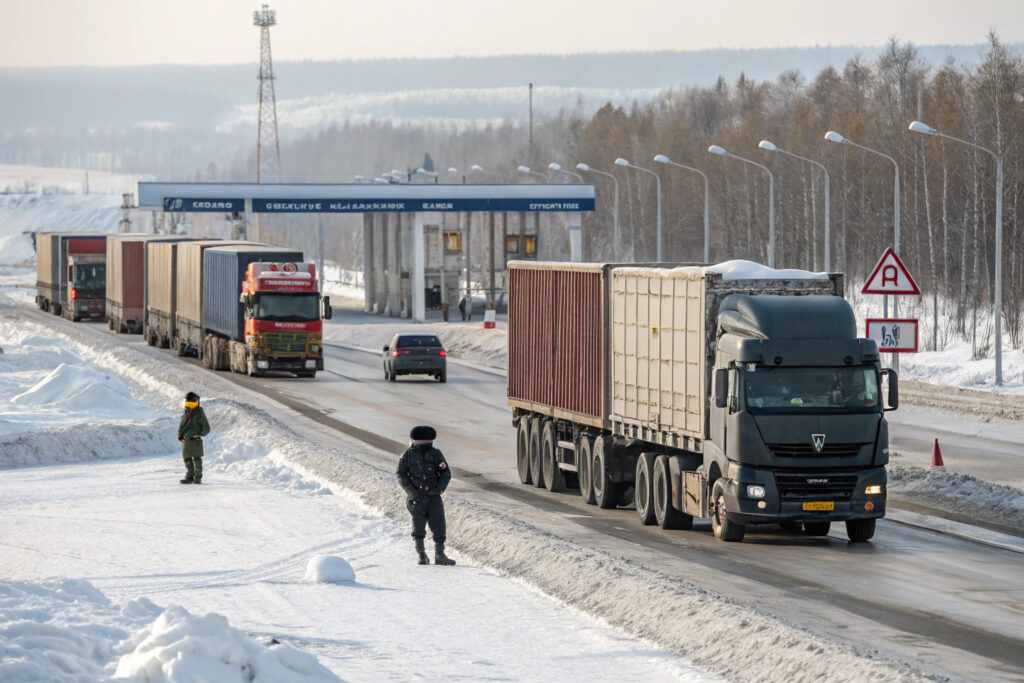
Trucking gives direct delivery to warehouses in many Russian cities. It reduces the need for extra handling and saves time. However, road freight is more expensive per unit than sea or rail.
Why Do Importers Choose Direct Trucking?
Importers use direct trucking because it avoids extra transfers. Shipments go straight from factory to warehouse. Border points like Manzhouli and Erenhot have customs offices that handle textile cargo quickly.
Trucking is also good for medium-sized orders. Importers who cannot fill a container for sea freight often find it practical. They also reduce the risk of damage because masks stay in one vehicle until delivery.
What Are the Downsides of Road Freight?
The main problem is cost. Road freight charges more per kilogram. Fuel prices and seasonal demand also raise rates. Weather in Siberia can cause delays.
Some buyers reduce these risks by using trucks only for the final leg and combining with rail freight. Experts at Tonlexing say this multimodal option is more cost effective.
Is Rail Freight a Reliable Option?
Rail freight has grown fast in the last ten years. It connects China and Russia through the Trans-Siberian and Trans-Mongolian lines.
Rail freight takes around 17 to 20 days. It is faster than sea and cheaper than trucking. For large mask orders, it offers good balance.
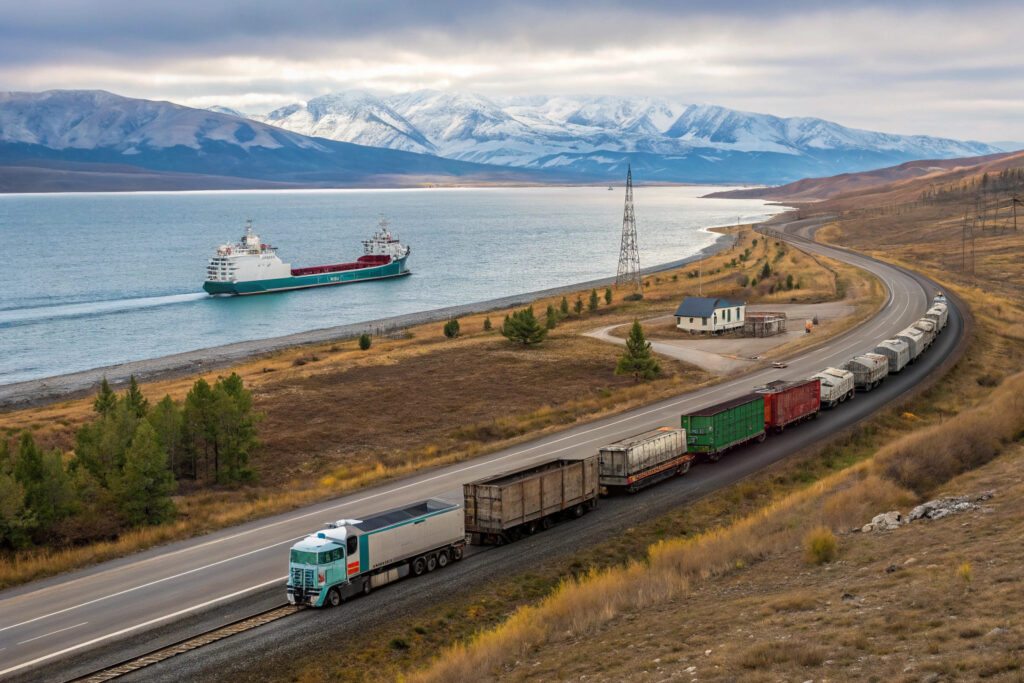
Rail also connects to Europe. Importers in Russia can move goods further west without delay. This makes it very attractive for bulk textile shipments.
-
How Does Rail Freight Compare to Sea and Road?
Rail is a middle choice. It is slower than trucks but faster than ships. Costs are also balanced. Logistics companies like Top China Freight report that rail shipments are stable and safe.
Rail is also useful for shipments that go beyond Russia. The Eurasian Land Bridge allows goods to move from China through Russia to Europe. This gives importers flexibility to re-export.
What Are the Key Risks of Rail Freight?
The main risks are customs delays and congestion at hubs. Some cross-border stations have heavy traffic. Geopolitical events can also affect tariffs. Still, rail remains steady.
Investments in railway infrastructure have made routes more reliable. With disruptions at the Suez Canal, rail has become even more valuable.
Is Sea Freight Still Worth It?
Sea freight is the traditional choice. Many importers still use it for large orders because of cost savings.
Sea freight from China to Russia takes 15 to 32 days. Routes to Vladivostok are shorter, while shipments to St. Petersburg take longer.
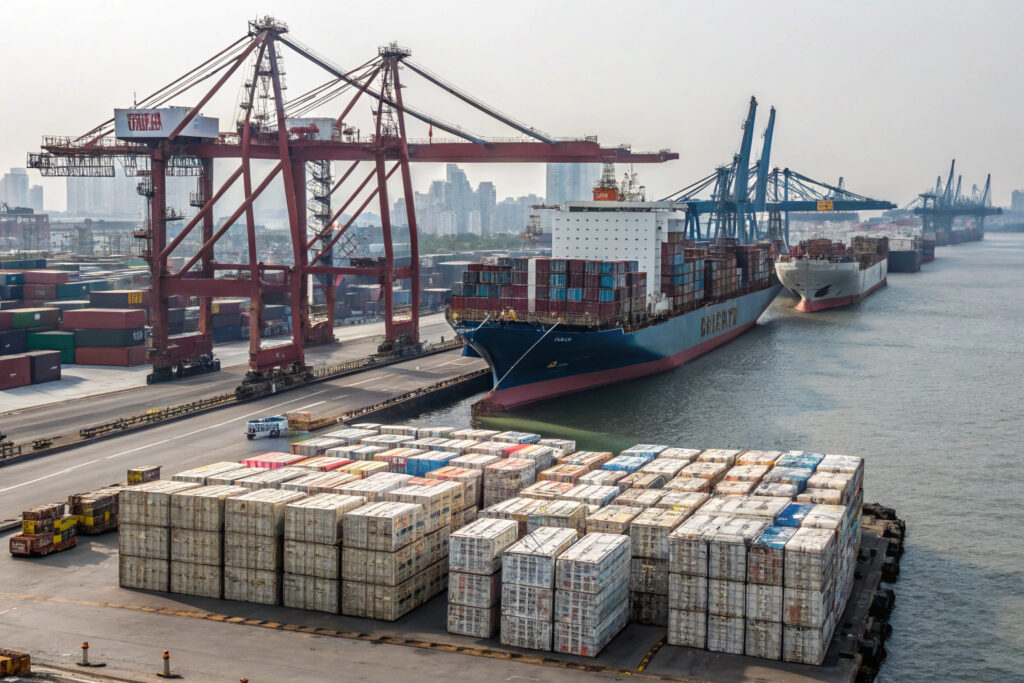
It is the cheapest method for moving big volumes, but it is also the slowest.
Why Do Some Buyers Prefer Sea Freight?
Buyers choose sea freight for price. Large shipments cost much less per unit. Ports like Vladivostok are ready to handle textile products and have steady operations.
Insurance for sea cargo is strong. It protects buyers from loss or damage. Carriers such as Maersk still run routes between China and Russia.
What Are the Weaknesses of Sea Freight?
Sea freight is slow. It is not good for urgent deliveries. Delays also happen due to bad weather and port congestion. In winter, ice can block waterways to St. Petersburg.
Sea freight is useful for planned seasonal orders. Importers need to schedule carefully to avoid stock problems.
What Alternative Routes Should Importers Watch?
Some buyers want to reduce risks by using new routes. These alternatives are not as common yet, but they help when other routes face problems.
The Middle Corridor through Kazakhstan and the Northern Sea Route across the Arctic are two options. They are slower to develop but may be more useful in the future.

These routes are helpful for importers who face tariffs or sanctions. They also give options when ports are too busy.
How Promising Is the Middle Corridor?
The Middle Corridor goes through Kazakhstan, the Caspian Sea, Azerbaijan, and Turkey. The Trans-Caspian Transport Route doubled cargo in 2022.
For mask buyers, it gives a backup when direct routes face issues. The downside is that the system is not yet well developed. Costs can be higher and speed is not stable.
Can the Northern Sea Route Become Mainstream?
The Northern Sea Route (NSR) is 30 to 40 percent shorter than the Suez route. Russia is investing in Arctic ports, as shown in Wikipedia.
At present, NSR works only in certain seasons. Ice makes it hard to use year-round. Still, it has strong potential in the future. Importers should watch its growth.
Conclusion
Efficient shipping from China to Russia is vital for keeping supply chains strong. Road freight is fast but costly. Rail freight is stable and balanced. Sea freight is cheap but slow. New routes like the Middle Corridor and the Northern Sea Route may become important in the future.
For fabric mask importers, the right choice depends on order size, urgency, and budget. Working with reliable Chinese suppliers makes it easier to plan.
If you are considering bulk fabric mask orders from China, we welcome you to partner with Shanghai Fumao. You can contact our Business Director Elaine at elaine@fumaoclothing.com to discuss customized production and logistics solutions tailored to your company’s needs.

